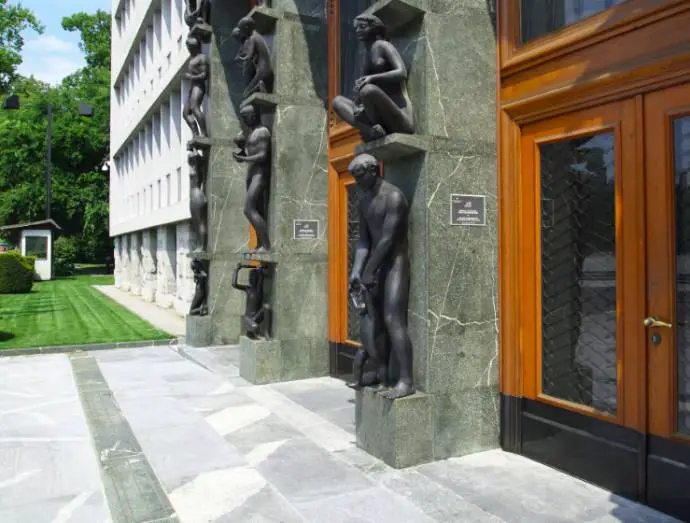Under the parliamentary rules of procedure, the vote on the prime minister in the second round of the nomination process is held no earlier than two days and no later than seven days after the deadline for submission of bids expires on Friday, 10 August.
The current proposal is that the National Assembly take the vote at the end of next week. Before the vote, the candidate will set out a draft platform of his minority government.
In case of any other bid for PM-designate aside from Šarec's, which is unlikely, MPs will hold a secret ballot on each candidate separately. Unless another candidate was nominated by the head of state, Šarec's bid would come up to vote first.
If Šarec failed to muster an absolute majority to be named prime minister, the president would have to dissolve parliament and call a fresh election, except if a new nomination attempt is made in the National Assembly within 48 hours.
Like in the second round, bids in the potential third round may be submitted by the president, deputy factions or at least ten MPs. They may nominate the same or different candidates as in the previous rounds. The vote is taken between two and seven days after a decision on a third round is taken.
In that third round, a simple rather than absolute majority is needed to elect a prime minister. However, if the attempt fails a fresh general election is inevitable.
Once appointed, the prime minister has 15 days to put forward a list of ministers. If the deadline is missed, the National Assembly may set a new one. After that second deadline is missed, the prime minister's term ends.
If the prime minister or the new coalition want to have more or fewer government departments or want to have them organised in a different way than set out in the government act, the law must be amended before the list of ministers is submitted.
There have been indications that the emerging Šarec coalition would like to form an additional ministry in charge of digitalisation. In that case the new government legislation would have to be passed by 23 August if Šarec was to nominate his cabinet by 1 September.
This means that Šarec's would-be coalition would have to submit the relevant legislative amendments to parliament in the coming days.
The National Assembly is also scheduled to appoint deputy speakers as well as heads and deputy heads of parliamentary working bodies on 23 August. This would also make it possible for Matej Tonin, who was appointed temporary speaker on 22 June, to step down.
Tonin, the head of the conservative party New Slovenia (NSi), would be willing to step aside to make room for a candidate picked by the incoming coalition after a new government team was endorsed in the second week of September.
Before the vote on the list of ministers, ministerial nominees need to undergo hearings before relevant parliamentary working bodies. These are expected to be held on 5, 6 and 7 September. The bodies' opinions on the candidate are not binding for the plenary.
The plenary takes a vote on the list of ministers as a whole. The list is endorsed by a simple majority. If voted down, the prime minister needs to submit a new list within ten days after the vote. If rejected again, the PM may propose for parliament to take a vote separately on each ministerial candidate.
The government can assume its term once more than two-thirds of the ministers with a portfolio are appointed. The remaining ministers need to be nominated within ten days after the start of the government's term, or else the PM or some other minister may stand in for up to three months.
However, if the missing ministers are still not appointed three months into the government's term, the National Assembly cannot but ascertain that the terms of the prime minister and ministers have ended.






